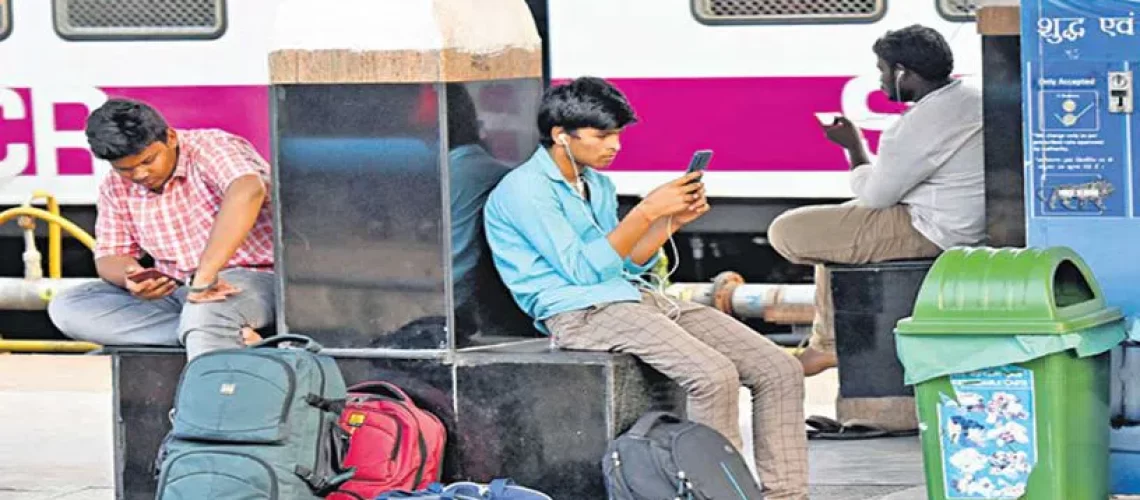The new year 2023 is on its way, and we all hope to make some resolutions. If one of your primary goals is to excel in school, work, or business, it’s time for a digital and social media detox to keep you focused on your actual resolutions. This article will cover the top 15 tips for doing an effective detox and have a few resources where you can find some more information on being safe online and doing a digital and social media detox.
Resolution for 2023 – Detox from Social Media and Smartphones:
Smartphones have dominated all our lives and interests due to their increased functionality and ease of use and access, just a few clicks away. However, the negative aspects of smartphone use, such as smartphone addiction, have recently been brought to the attention of psychologists, psychiatrists, and civil society organisations. Existing reports from various countries have shown that two-thirds of these individuals do not leave their homes without their smartphones in hand.
There are a lot of benefits when we take a digital break. It reduces stress, reduces the fear of missing out, improves sleep habits, helps maintain work-life balance, and allows for a more positive life perspective. Below are a few tips for a better digital detox.
- Disable notifications on your smartphone, It keeps you informed about what you are supposed to be informed about; it makes you do what you don’t want to do; and it makes you feel what you don’t want to feel.
- It is important to set boundaries – Make your bedroom and dining room a smartphone-free zone. It’s highly recommended that you, charge your smartphone outside the bedroom.
- Access social media from your laptop or desktop computer instead of your smartphone, and it’s recommended you set a social media schedule.
- Take control of your home screen – First, audit your collection. You can not only reclaim storage space by tidying up, but you can also ensure that only important apps are on the home screen and the rest are in folders.
- Do device-free meetings – No phones or tablets, and engage in social conversations with one another.
- One of the reasons our devices are so appealing is that they are colourful (in colour); however, it is recommended that you use grayscale mode on your smartphone.
- Digital Wellbeing App on Android and Screen Time App on iOS – Keep track of how many hours you spend in front of screens each day.
- More time for your goals: Once you’ve established new goals, you should also limit your screen time and digital wellbeing. When you try to scroll through Facebook or Instagram, this setting will notify you.
- Take a break from electronic devices for 20 minutes – Every 20 minutes, look at something 20 feet away for 20 seconds. It will reduce your (a) Pain and discomfort from prolonged usage. (b) The eyes begin to burn and itch. (c) Distorted Vision (d) Eye Fatigue (e) Eye strain can cause headaches.
Resolution for 2023 – Digital Safety:
- Passwords – Avoid using predictable passwords (i.e., pet names and surnames) Always have the passwords have at least one capital letter, one numeric, and one special character, making password prediction difficult.
- Oversharing – While social media gives voice to the voiceless, we are also creating a surveillance society in which going voiceless is the smartest way to survive.
- Restriction of access to secure websites (https://) – If the URL says only HTTP at the beginning, you shouldn’t be there. If it says HTTPS, it means you’re safe.
- Protect your privacy – Companies track and collect our habits, preferences, choices, and location in order to provide highly relevant information to our queries, tailor advertising campaigns, products, and services from our phone, GPS, and other devices, and eventually share this information with third parties without our consent, which is a violation of privacy.
- Back up your data – Take regular backups of your important data and ensure that it can be restored. Ensure that the backup you have taken is not connected to any of the networks. It is advised that you consider backing up to the cloud so that you will be able to access it from anywhere.
- Phishing – Phishing, Vishing and Smishing text messages often tell a story to trick you into clicking on a link or opening an attachment. Never click on short links sent via email, / social media, WhatsApp, or SMS, check for fishing (https://isitphishing.org/) before they are actually clicked.
- Use a VPN – A virtual private network is practically unbeatable, it not only creates a secure tunnel through which all your traffic is diverted, but it also encrypts that data so that, even if it is intercepted, it won’t make much sense. Just as a firewall helps protect the data on your physical device, a VPN protects it on online networks.
- Use two factor authentication – Two-factor authentication (2FA) is a specific type of multi-factor authentication that strengthens access security by requiring two methods to verify your identity. (a) Username and password (b) OTP (one-time password) (c) A smartphone app to approve authentication requests.
- Use antivirus – It helps protect your laptop / computer against malware and cybercriminals. Antivirus software looks at data in web pages, files, software, and applications travelling through the network to your devices.
- Secure WiFi at home – Security starts at home, with Wi-Fi. A few tips: (a) router default username and password (b) default IP address (c) change the name of the network (d) enable network encryption (e) enable guest networking. (f) MAC addresses, enabling only registered systems to work. You should also consider (g) DHCP functionality and Remote Access (h) hiding your network name (i) updating router firmware, and (j) enabling parental control, Play it Safe, and Safe Search for Kids.



